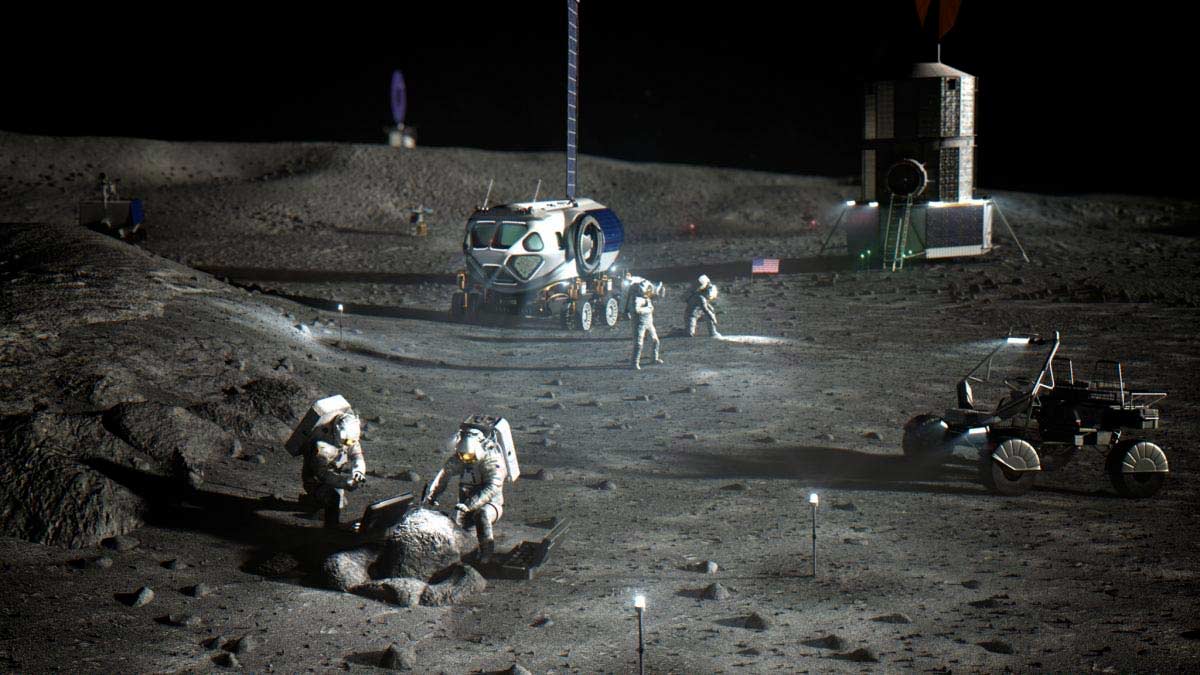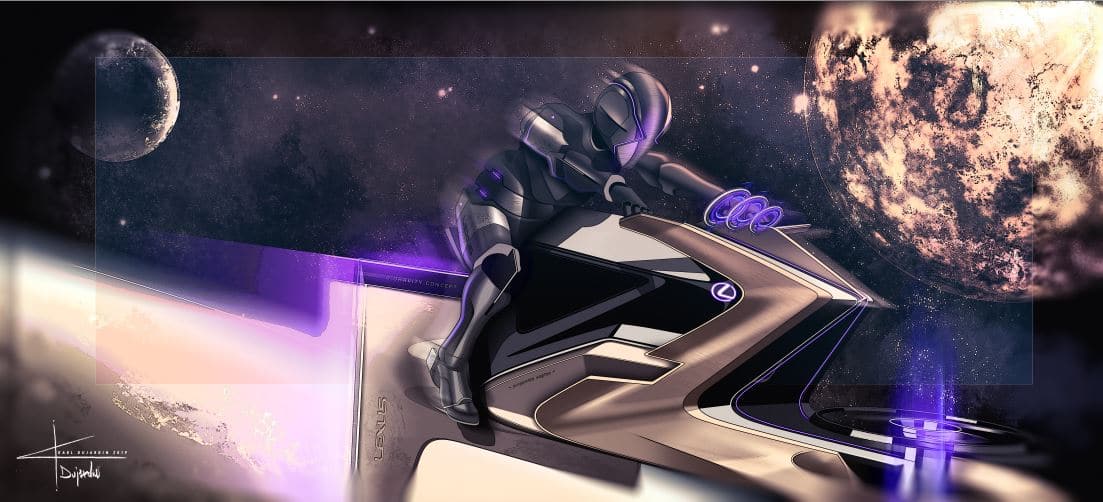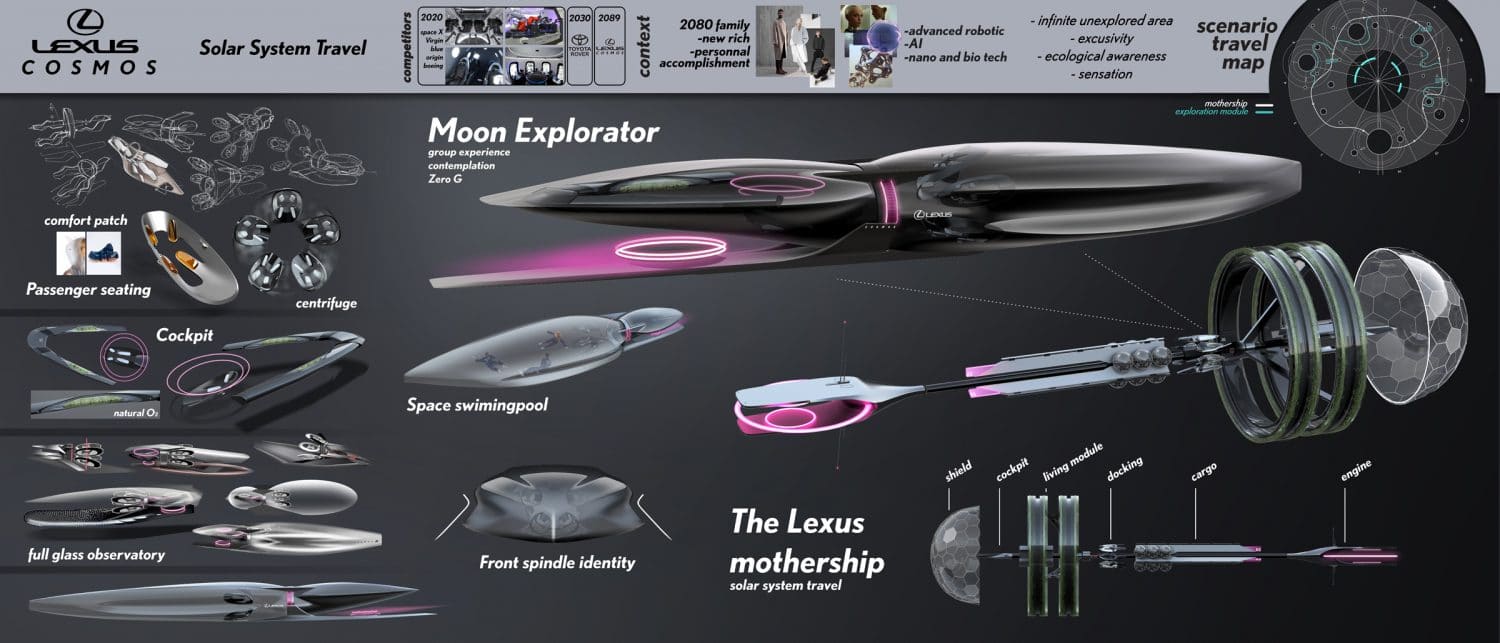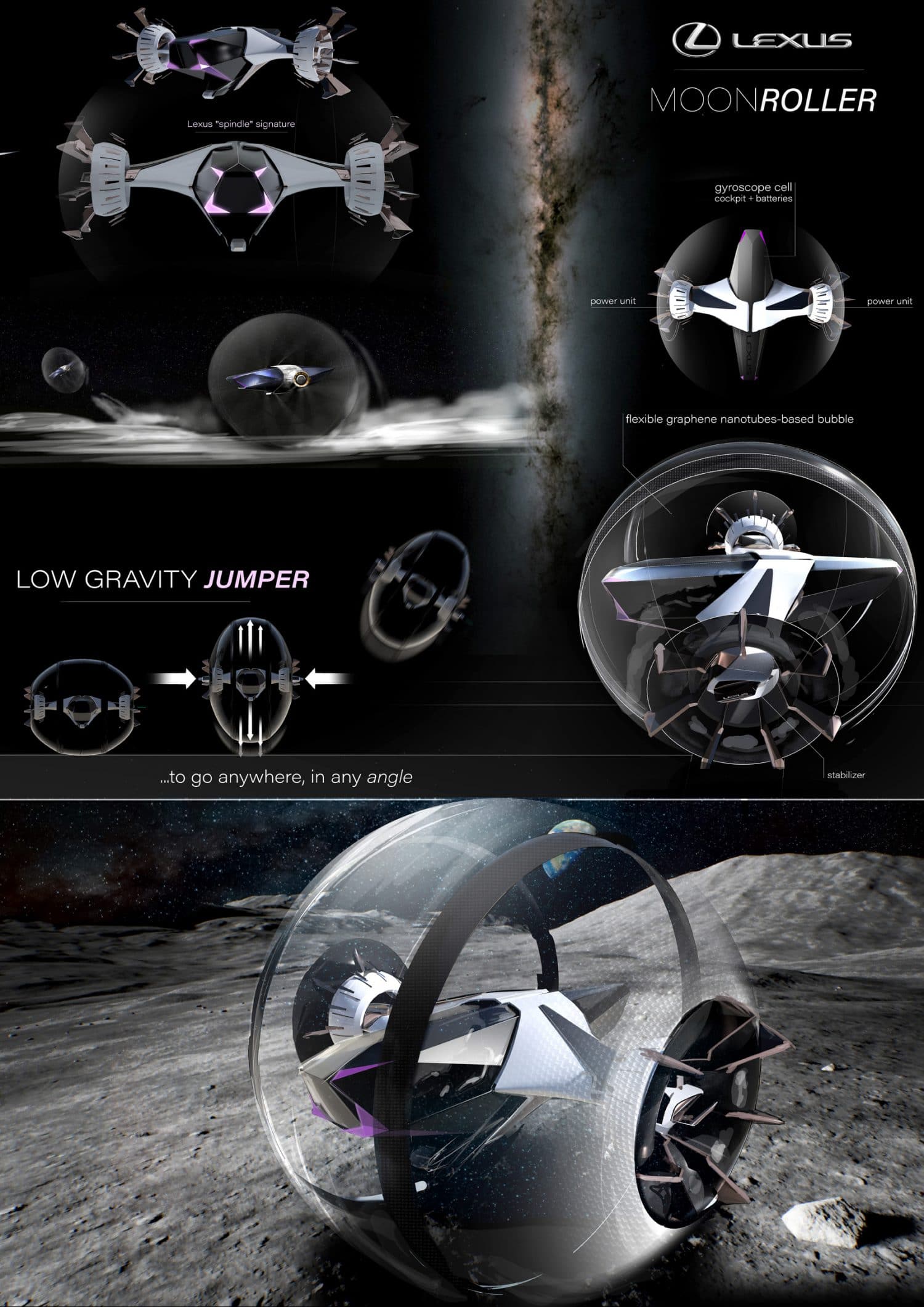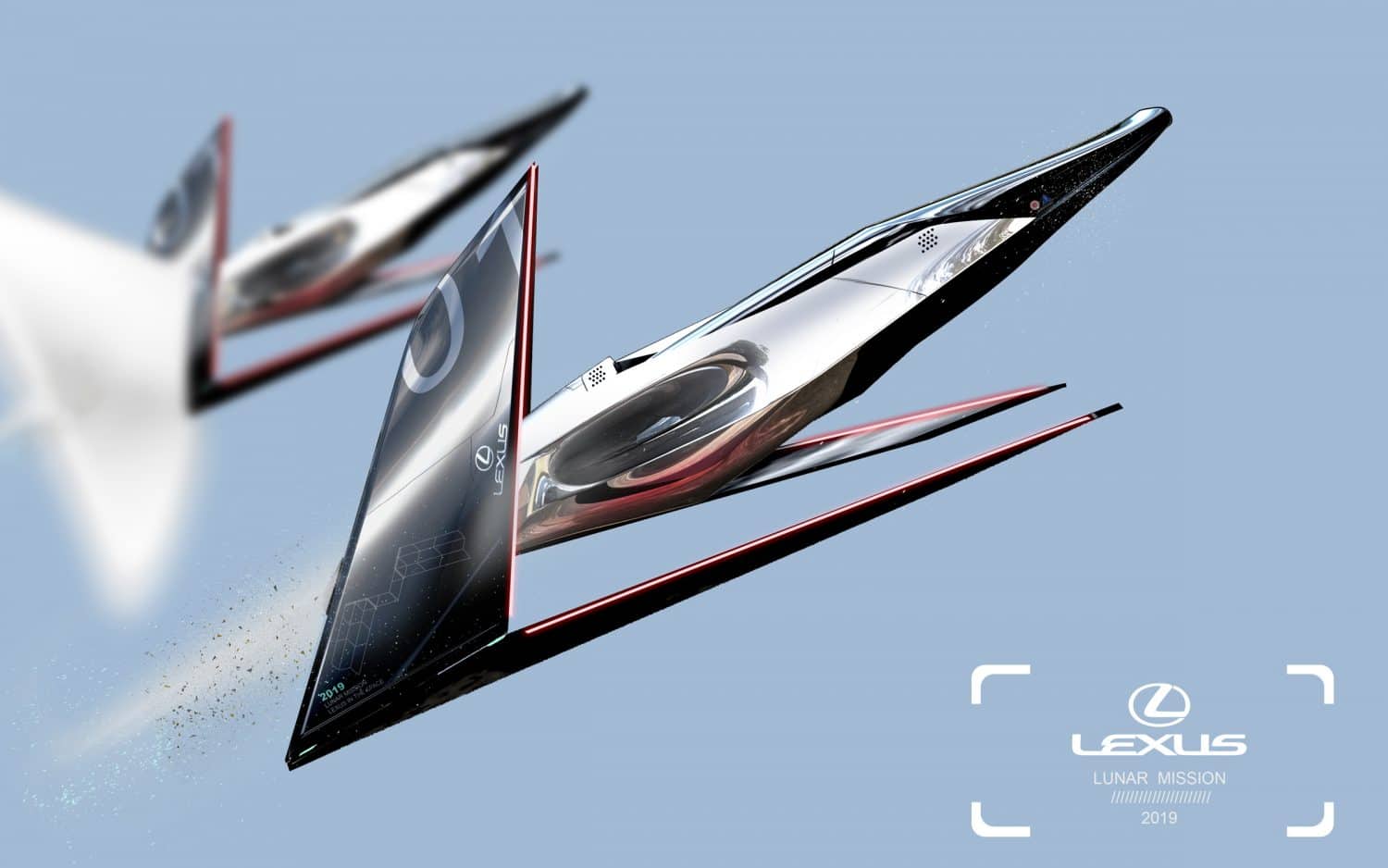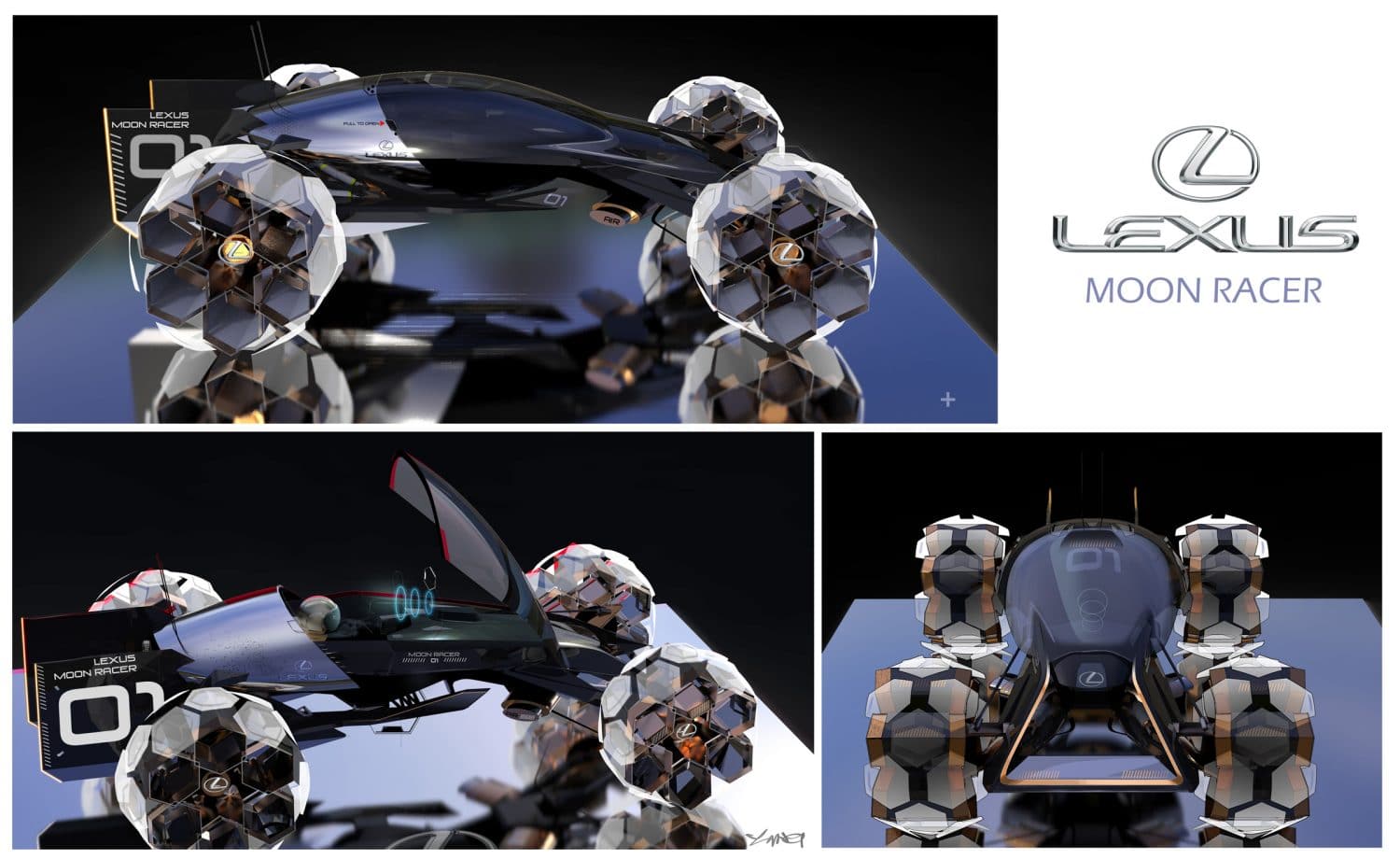Para celebrar el 30 aniversario del célebre manga Pretty Guardian Sailor Moon, Jimmy Choo se ha asociado con Naoko Takeuchi para una colección cápsula inspirada en la individualidad y el empoderamiento femenino.

Se trata de una versión IRL del look de transformación de Sailor Moon. Cada par está formado por 19.000 cristales de Swarovski en color fucsia que se erigen sobre un tacón de 10 centímetros. Se han incluido detalles lunares en la parte superior a modo de referencia, mientras que se mantiene la silueta original de Jimmy Choo.
A través de la colección, la directora creativa de Jimmy Choo, Sandra Choi, pretende combinar las visiones de las mujeres creadoras y celebrar al mismo tiempo la innegable influencia de Sailor Moon en la cultura pop y la moda.
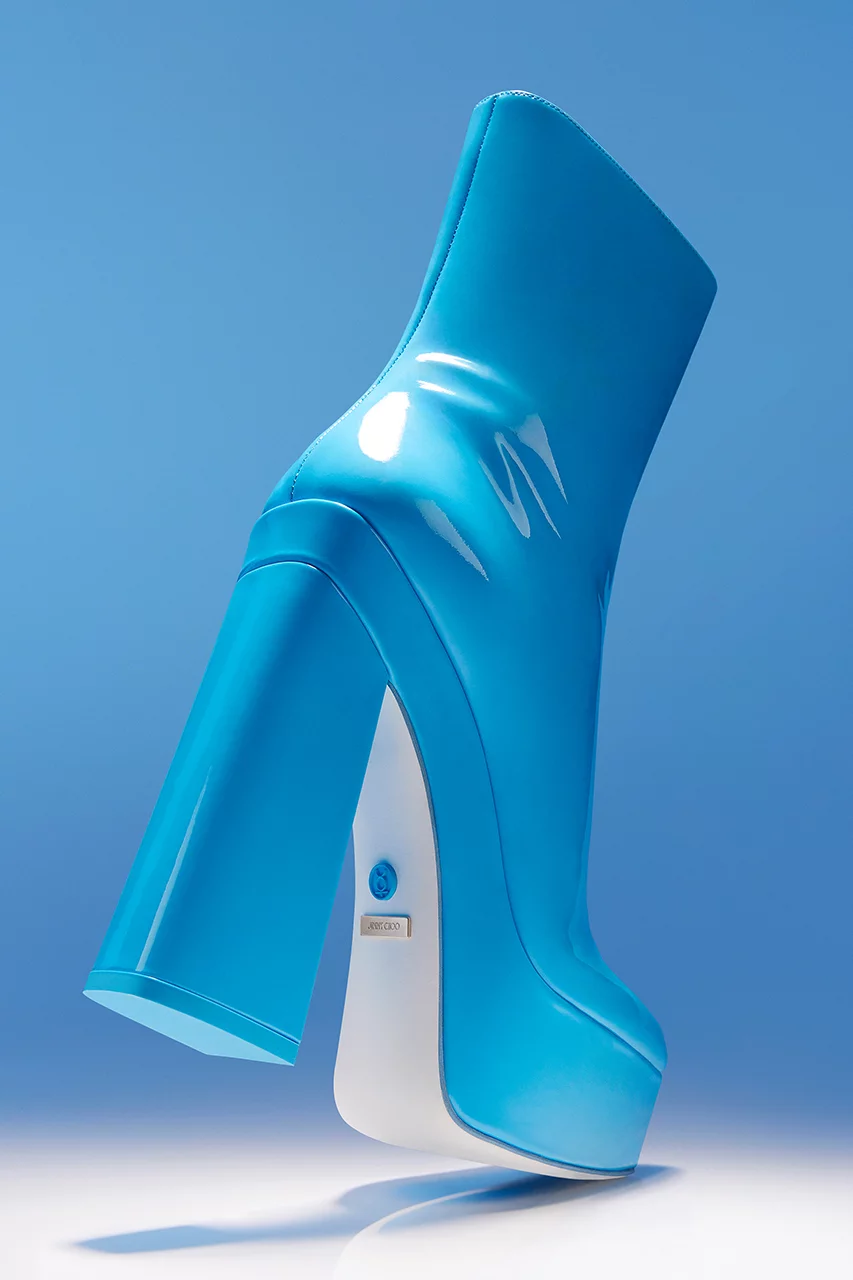
«Pretty Guardian Sailor Moon es un fenómeno global único: un manga y un anime que resuenan, que tienden puentes entre culturas e idiomas, que hablan a diferentes generaciones y que nos unen a todos. Eso es lo que me atrajo de este proyecto, celebrar los 30 años de Pretty Guardian Sailor Moon a través de esta colaboración».
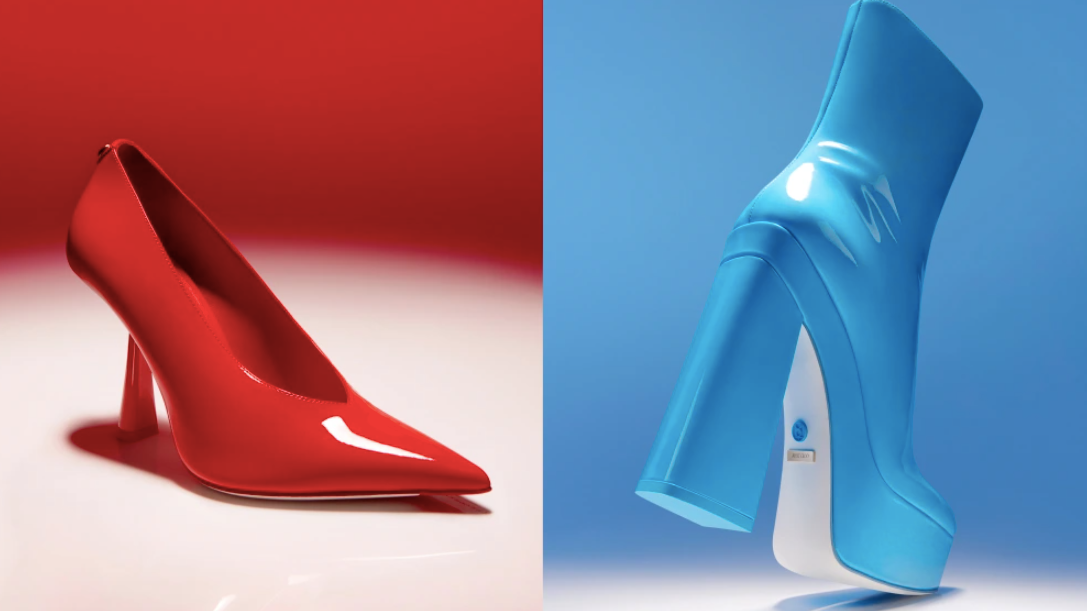
La colección, que ofrece una colección única de calzado y accesorios, se inspira en los personajes clave del manga, apodados las «Sailor Guardians», que incluyen a Sailor Mercury, Sailor Mars, Sailor Jupiter, Sailor Venus y Sailor Moon, junto a su gata mentora, Luna.
Para celebrar la colección, las obras de arte de Pretty Guardian Sailor Moon de Takeuchi decorarán las paredes de los buques insignia de Jimmy Choo en todo el mundo, junto con envases iridiscentes de edición limitada. La marca también ha contado con el talento de la DJ Honey Dijon, que ha creado dos temas originales inspirados en Sailor Moon.
La nueva colección Jimmy Choo x Sailor Moon estará a la venta el 14 de febrero en el sitio web de Jimmy Choo.






